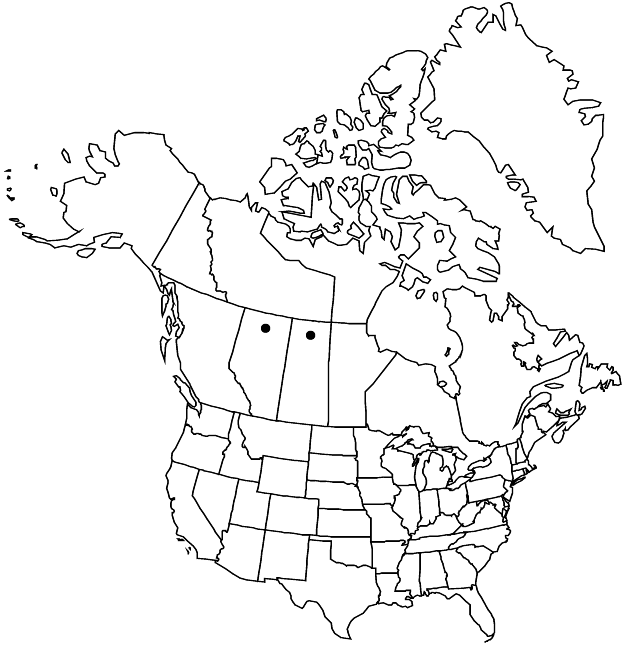Stellaria longipes subsp. arenicola
Rhodora 93: 132. 1991.
Plants forming loose clumps, with elongate, straggling stems. Leaf-blades narrowly lanceolate. Capsules straw colored. 2n = 52.
Phenology: Flowering late spring–summer.
Habitat: Inland sand dunes
Elevation: 200-300 m
Discussion
Confined to the extensive mobile sand dunes on the south side of Lake Athabasca, subsp. arenicola is largely self-pollinating but is interfertile with subsp. longipes, with which it intergrades in its natural habitat.
Very rarely, individual plants of subsp. longipes with straw-colored capsules are encountered in other localities. These are probably due to the presence of a recessive gene for capsule color that is of widespread but rare occurrence in these populations. Only on the Lake Athabasca sand dunes have selective pressures been sufficient for it to evolve into a distinct biotype.
Selected References
None.
Lower Taxa
"-2timesaslongassepals" is not declared as a valid unit of measurement for this property.
